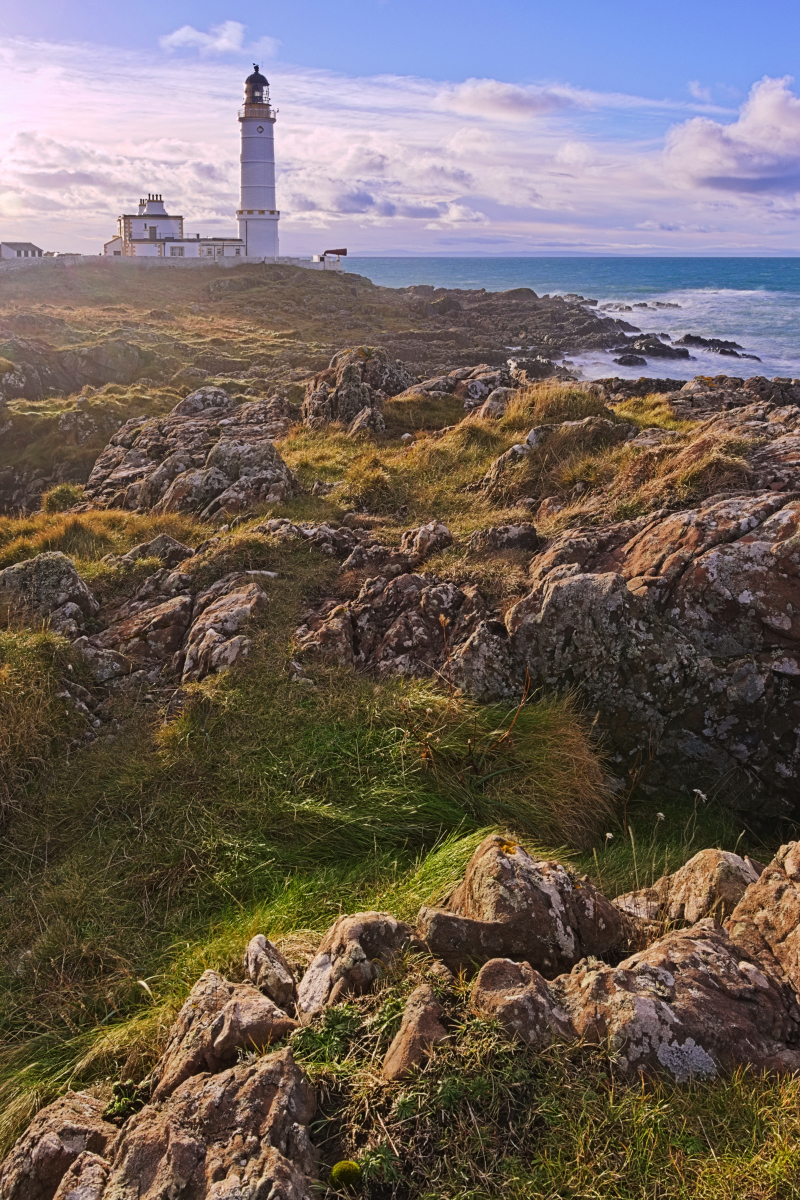Perhaps a bit controversially, I have somewhat of a love-hate relationship with the landscape photography genre.
A few years ago now, another member in the photo-club and I were chatting about landscape. He said that he made his images using a large-format 5×4 camera and Velvia film because it “conveyed what it felt like to be there”. It set me thinking: how come I can name a large handful of photographers who all approach landscape the same way: large-format, portrait orientation, Velvia film, tripod low to the ground, rear-tilt for the perspective of a large looming foreground, grad-ND for the sky? Whatever the philosophy behind the approach – and plenty of books have been written about the philosohpy of landscape – it seemed unlikely that such a common approach actually represents an individual feeling. Seeing through the fluff, there was a trend at work, a locus of mutually derivative work – for example, there was rarely any presentation of other films, such as Provia; surely someone out there would have found that a better representation of their feeling, at least once?
My collocutor moved away from the area and left the club shortly after that; I rebelled against landscape and for a while shunned all the conventional advice of the genre: no shiny contrasty light, no wide-angle vistas, no colour, but rather, a “no-light” project, studies of the intrinsic shapes and forms of trees in the woods of Inverawe. After about 18 months, landscape began to resurface – at first, at weekends and other times when I was away from the forest. “Only on my own terms”, however.
A couple of years after the fateful conversation, the ex-member was passing by and visited the club one evening. The discussions were most illuminating: he also had abandoned the whole landscape-by-film scene, and was last heard of favouring digital sports work around the Cairngorms instead. It was satisfying to have caught up and closed the loop.
Fast-forward to now. There are phases of conformance in landscape; ignoring distasteful badly tonemapped tripe with excessive local contrast, some sites (notably 500px) feature a lot of over-bright over-saturated images. The past year or so has seen a notable rise in long-exposure work – especially in black and white, some with artistic vision, some perhaps less so. Some of my photographer contacts are now suggesting the time of the Big Stopper filter has passed as well.
Some questions to ponder:
Can one take a camera, follow a handful of guidelines and more or less guarantee coming up with a good result on any random day? (There is no one such magic guideline, but you could assign a score based on the number of things a photograph has in its favour according to a set of rules.)
If so, is landscape photography merely a programmatic sport, a way of passing the time with clearly defined start (Friday nights examining the OS map and weather forecast) and end (JPEG by Sunday night), and how does one express any originality within its scope at all?
On another hand, is landscape something that people should go out and seek to achieve, or is it that what one shoots happens to be landscape?
Relatedly, is a photograph good because you stumbled across it, or because you set out to make it, or because it exhibits a strong contrived personal style?
However it arises, when one’s photography spans several genres – both vista and intimate landscape, other nature closeups and art – it seems that viewers respond the most to landscape. It’s rather like the ITV3 or Channel 4 of photography – “human interest”, where all objects presented are approachable by virtue of being human scale, from boulders half a metre in size to buildings and hillsides that a human can at least radically alter with a suitably large digger. And that brings with it an offputting whiff of mundanity.
I can’t claim to be happy with the answers to all the above; you can’t have it all 3 ways at once.
